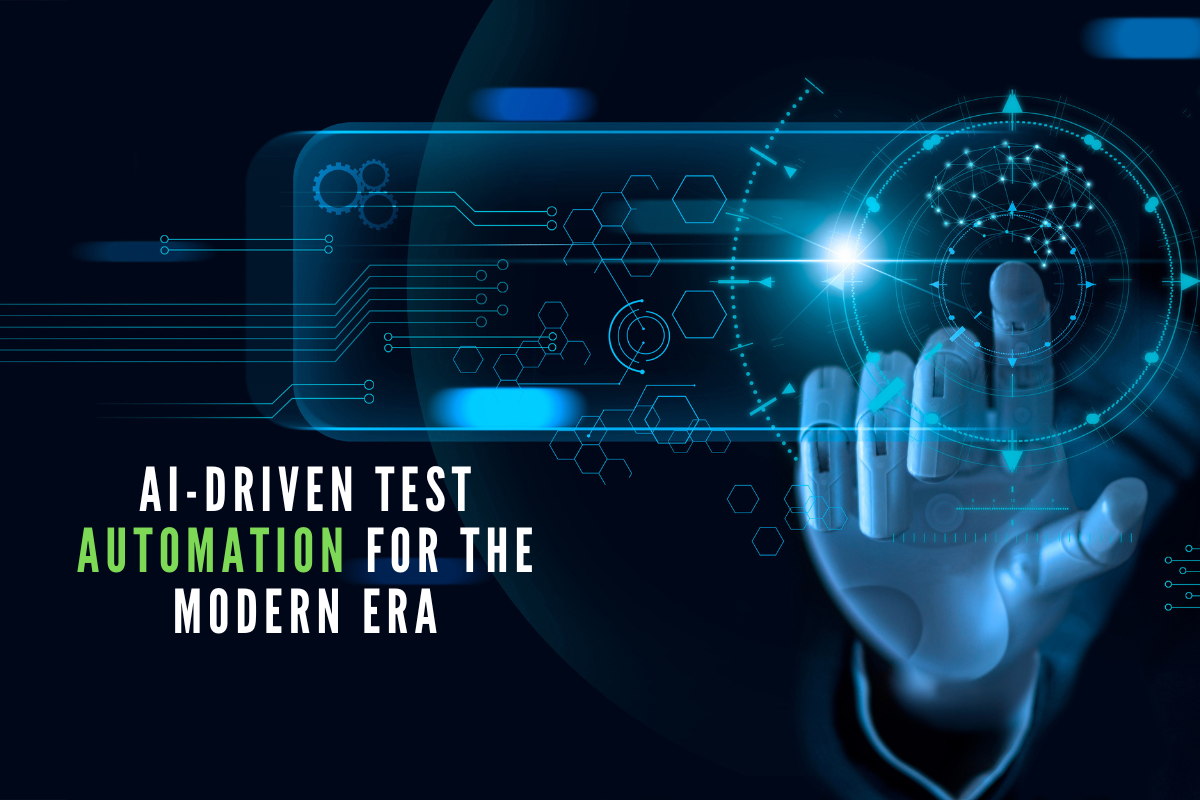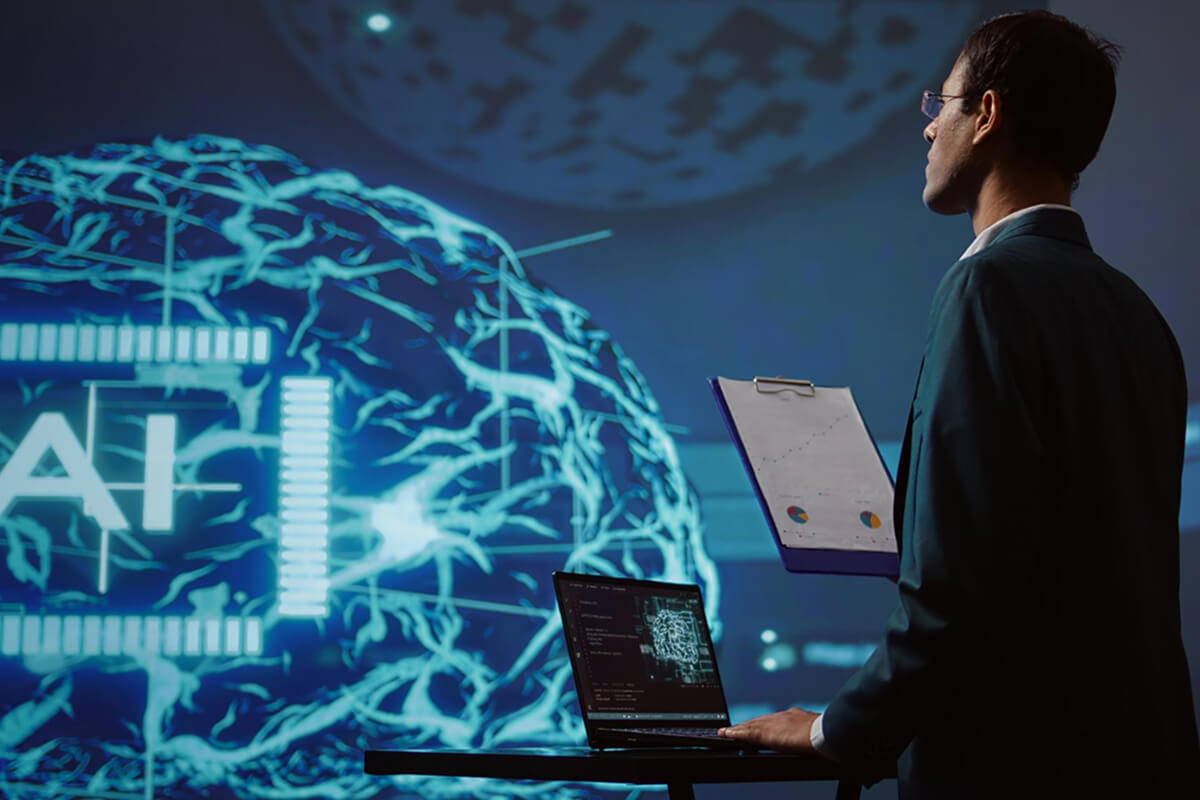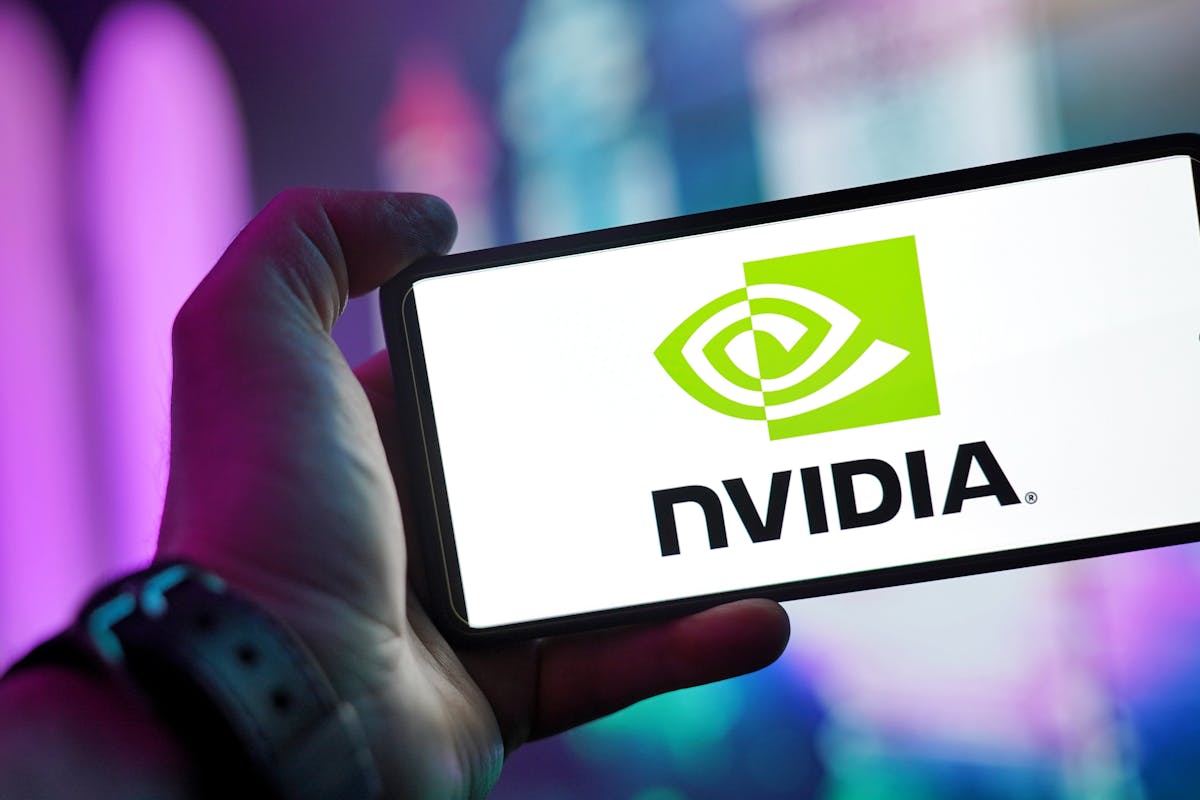AI Testing: Advancing Software Quality Assurance
In the fast-paced world of software development, ensuring the delivery of high-quality applications is paramount. Traditional software testing approaches, while effective, often struggle to meet the demands of modern development cycles, particularly in agile and DevOps environments. These methodologies can be resource-intensive, time-consuming, and prone to human error. Enter AI-driven testing, a cutting-edge approach that leverages artificial intelligence (AI) and machine learning (ML) to revolutionize software quality assurance (QA). This shift not only enhances testing efficiency but also improves accuracy, scalability, and speed, aligning with the continuous delivery demands of today’s digital landscape.
What is AI-Driven Testing?
AI-driven testing refers to the use of artificial intelligence to automate and optimize various aspects of the software testing lifecycle. Unlike traditional testing, which often relies on predefined scripts and human intervention, AI-driven testing utilizes intelligent systems that can learn from data, adapt to changes, and continuously refine testing processes. By integrating AI into QA, organizations can reduce manual effort, improve test coverage, and accelerate release cycles—all while maintaining the highest standards of quality.
Key Components of AI-Driven Testing
- Automated Test Case Generation: AI can autonomously generate test cases based on historical data, user behavior analytics, and system requirements. This approach ensures that the generated tests cover a broad spectrum of scenarios, including edge cases that might be overlooked by manual testers.
- Prioritization and Optimization: AI-driven testing tools use machine learning algorithms to analyze previous test executions and prioritize the most critical tests. By focusing on high-risk areas and dynamically adapting test scenarios, AI ensures efficient resource utilization and faster execution times.
- Intelligent Bug Detection and Reporting: AI systems are capable of detecting anomalies and bugs in the application that traditional testing methods may miss. Additionally, AI can classify issues by severity, allowing developers to focus on the most critical problems first, improving the overall bug triage process.
- Self-Healing Tests: A standout feature of AI-driven testing is its ability to “self-heal” test scripts. In the event of a UI change or a modification in functionality, AI can adjust the test scripts automatically, eliminating the need for manual updates and reducing the maintenance burden for QA teams.
Benefits of AI-Driven Testing
- Enhanced Efficiency and Speed: AI automates repetitive and mundane testing tasks, such as test case creation and execution, enabling QA teams to focus on more complex testing scenarios. This automation leads to faster turnaround times and a more agile testing process.
- Improved Test Coverage: AI’s ability to analyze vast amounts of data allows it to test a wider range of user scenarios and edge cases that may have been impractical with manual testing. This improves overall test coverage and the reliability of the software.
- Accelerated Release Cycles: By automating key testing tasks and enhancing test accuracy, AI-driven testing significantly reduces testing time. This efficiency supports the agile and continuous delivery (CD) models, enabling businesses to release high-quality software faster and more frequently.
- Cost-Effectiveness: Although implementing AI-driven testing may involve initial investment in tools and training, the long-term benefits, such as reduced manual effort, optimized resource allocation, and faster release cycles, make it a cost-effective solution for software development teams.
Real-World Applications of AI-Driven Testing
AI-driven testing is particularly beneficial in dynamic development environments, such as agile and DevOps workflows, where rapid iterations and continuous integration are integral. Additionally, industries dealing with large-scale, data-intensive applications, such as finance, e-commerce, and healthcare, are increasingly adopting AI testing solutions to ensure their software meets both functional and regulatory standards.
Furthermore, AI-driven testing is ideal for multi-platform applications, where it can efficiently handle the complexity of testing across various devices, operating systems, and environments. By using AI to simulate different user behaviors, organizations can ensure that their applications perform consistently and reliably across all platforms.
The Future of AI-Driven Testing
As AI technology continues to evolve, the potential for AI-driven testing to further enhance software quality assurance is vast. Advances in natural language processing (NLP), predictive analytics, and deep learning will allow testing tools to understand complex application behavior and even predict potential issues before they arise. With AI’s continuous learning capabilities, testing solutions will become increasingly autonomous, reducing the need for manual intervention and accelerating the time-to-market for software products.
Conclusion
AI-driven testing is no longer a futuristic concept but a practical, transformative approach to software quality assurance. By integrating artificial intelligence into the testing process, organizations can achieve higher efficiency, broader test coverage, faster release cycles, and improved software quality. For businesses seeking to stay competitive in today’s digital-first world, adopting AI-driven testing is a critical step toward ensuring both the functionality and the scalability of their applications. As AI technologies continue to mature, the capabilities of AI-driven testing will only grow, offering further opportunities to enhance software development processes and deliver exceptional user experiences.








